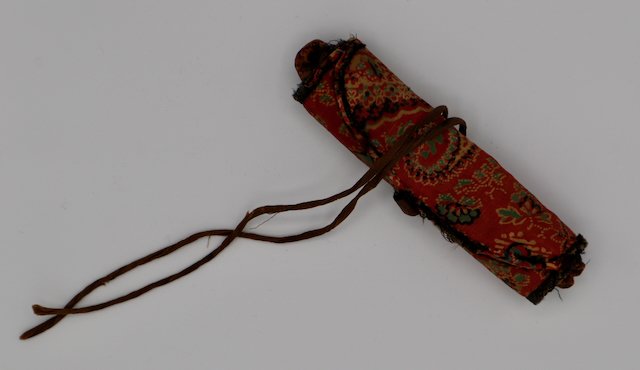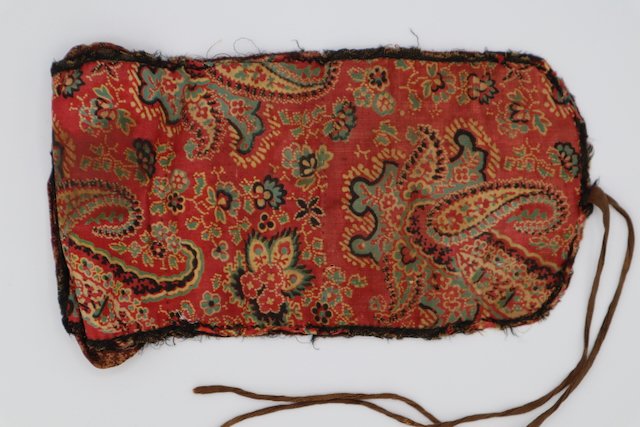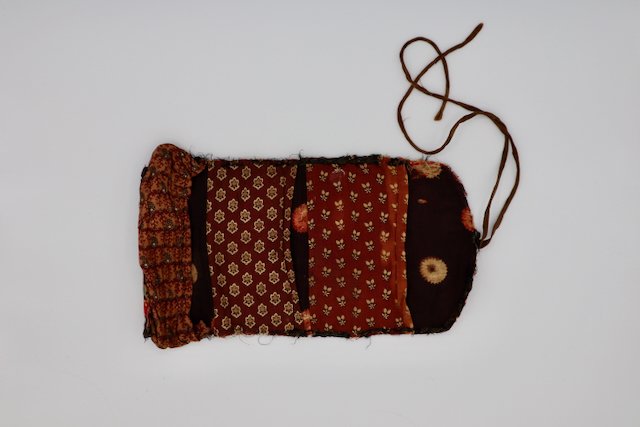This is the soldier’s sewing kit of my great great great grandfather, Thomas Bellman Bray, a Civil War era artifact that was passed down in my family. It was made for him by his future wife, Lucretia Robinson, in 1862 as a token of love and remembrance as he marched off to war.
Thomas, a British immigrant from Cornwall who had settled in Illinois, enlisted in the summer of 1862 in the 96th Illinois Volunteer Infantry. The 96th was comprised of volunteers from two counties - JoDaviess and Lake. Neither county was populous enough to field a regiment on their own, so they joined together to create the 96th. Thomas mustered at Galena, home of Ulysses S. Grant and 8 other Union generals, and marched with the men of JoDaviess county to Rockford, where they joined the men of Lake county, and trained together before departing for the south and joining the Army of the Cumberland.
Thomas had been a skilled laborer in his civilian life, having completed his apprenticeship as a tinsmith and received his journeyman’s papers before his enlistment. That training probably saved his life in the Civil War, as he was selected for service in the Pioneer Engineers, transferring out of the infantry only months before the 96th Illinois ended up in the front line at the Battle of Chickamauga, the second deadliest battle of the Civil War. Chickamauga is recorded as a Confederate victory, but both sides suffered staggering losses - more Confederate soldiers died that day than Union soldiers. Over 34,000 men were killed, wounded, captured, or missing.
The 96th Illinois suffered especially heavy losses. In September 1863, the regiment had been in service for under a year, but barely 400 men of a regiment initially a thousand strong remained on active duty and took the field that day. Disease, aggravated by unsanitary camp conditions, was the deadliest killer of the war. Of the hundreds of men from the 96th who took the field at Chickamauga, only one walked off it alive and unwounded at the end of the battle.
The regimental flag of the 96th Illinois after Chickamauga, when it was removed from service
Source; Library of Congress
Before being selected for special service, Thomas saw action in small skirmishes at Franklin and Triune, but he spent the majority of the war working to advance the Army of the Cumberland, building bridges and fortifications, and at one point running a sawmill to provide lumber for their work.
Thomas was discharged on July 2, 1865, arriving home in Galena on July 4th. He married Lucretia, who had waited for him, in December 1867.
Thomas and Lucretia had four children: three sons, who lived to adulthood, and an unnamed daughter who died shortly after birth. Before his death, Thomas gave his huswife to his eldest son, Clyde, seemingly impressing on him the huswife’s importance, as it has been carefully handed down from one family caretaker to the next, each having been selected for their care of this piece of human, national, and family history. It came to me in 2021, from my great aunt, and has only been handled by four people since Thomas himself.
The photos here show the huswife prior to conservation. It will ultimately be donated to a museum as a fully contextualized object - a piece of history that you can hold in your hand, whose threads encompass individual history but also a greater human story.
The full story of Thomas, his war, and the veteran experience in America was the subject of my presentation for the Attic’s Summer School 2023, The Things They Kept: The Life & Service of Thomas Bellman Bray
All rights reserved, 2024
Images are the property of Katie Strachan Artisan Embroidery and may not be reproduced




